After receiving so much feedback relating to a pot for this juniper, I thought I’d say a bit about what I like and don’t like about each option.
Before getting started, however, I’ll mention my plans for the tree’s future. Currently the foliage is very heavy for such a slender trunk. To bring the silhouette into better balance with the trunk, I’ll need to reduce a lot of foliage. Some branches will be shortened, others removed – all will be thinned out.
After reducing the foliage, the canopy will take up much less visual space. As a result, many of the pot options here are too big for the tree.
When I select pots, I typically focus on the relationship between the trunk and pot as the foliage can change over time. In this regard, pots can be somewhat aspirational as they can say more about what a tree will look like in the future than what it looks like today.
Keeping the size and shape of the trunk in mind, we can look at the first option from Michael Hagedorn.
Michael Hagedorn – round
The overall size of the pot is a good match for the current foliage but it’s too large for such a slender trunk. The mostly straight sides don’t complement the feeling of the tree and possibly for that reason no one selected this as a good option for the tree.
The Yamaaki below was the most popular selection. The visual weight of the pot is an OK fit for the foliage but it’s too large for the trunk. Were the trunk 2-3 times thicker, and the tree taller, this pot might be a better fit.
Yamaaki – round
The round Koshosen pot is the wrong shape for the tree. It’s better suited for semi-cascade bonsai.
Koshosen – round
The production Gyouzan has a nice feeling that complements the foliage well. Were the trunk much, much larger, it could work well for the tree.
Production Gyouzan – rectangle
The shape and style of the antique nanban suit the tree well. Were it 1-2″ smaller it would be an even better option. The biggest problem with this pot is that it’s better suited to trees with more of a bunjin feeling – even taller specimens with fewer branches. Even though I plan to significantly reduce the foliage, there will still be more branches than I’d expect to see on a bunjin bonsai.
Chinese antique nanban – round
Most of my comments about the nanban apply to the Ryugaku below, only it’s on the small side instead of the large side.
Ryugaku – round
The Gyouzan pot below is too large and too formal for such a curvy, thin-trunked tree. The heavy feeling and horizontal lines are better suited for a more massive tree.
Gyouzan – rectangle
The 8-sided Yuuji pot is a good fit for the tree as it is. The tree has been planted in this pot for the past several years and I wanted to make a change. Once the foliage has been reduced, it will look too big for the tree.
Yuuji – 8 sided
The new Chinese pot below is a smaller, more subtle version of the Yuuji pot above. It’s not a great pot for the tree, but the size and shape are appropriate.
New Chinese
This is the pot I chose for the time being. I’ll be on the lookout for a better quality pot with similar qualities.
The final pot is a 6-sided Japanese – or possibly Chinese – container. Like the new Chinese pot above, it isn’t among the higher quality options for the tree.
Japanese – 6 sided
Japanese – 6 sided (front showing 2 sides)
Whether turned to reveal two sides from the front or three, it’s a good match for the foliage, but too big for the trunk.
I’ll say more about the repotting process Friday.
Subscribe to Bonsai Tonight
New Posts Delivered Every Tuesday and Friday

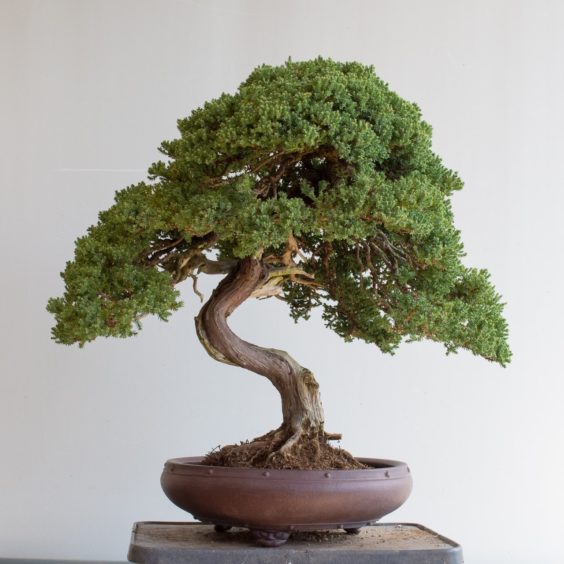
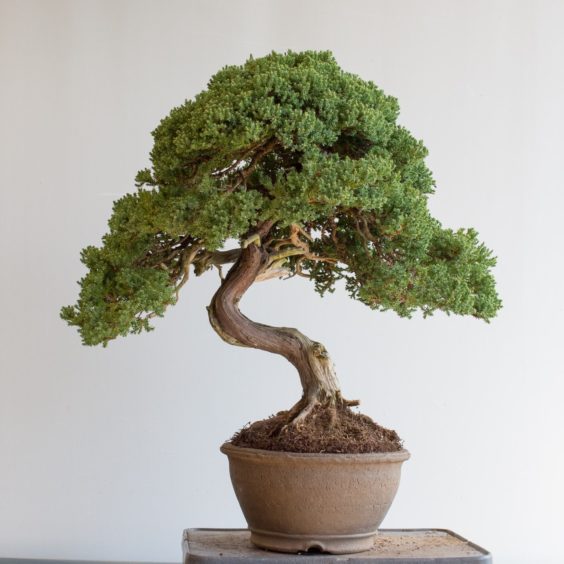
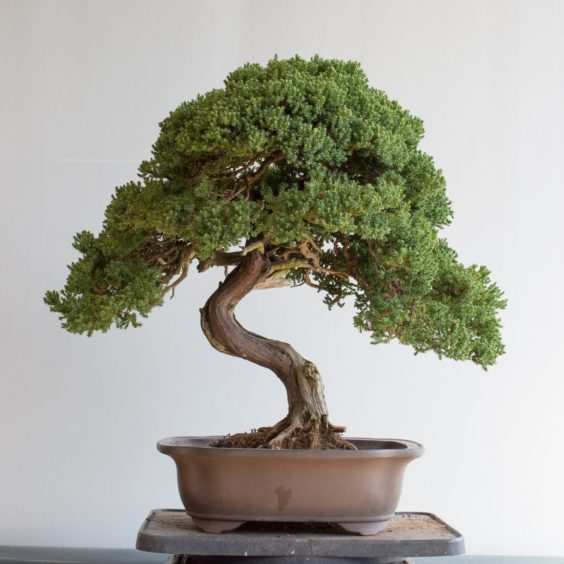
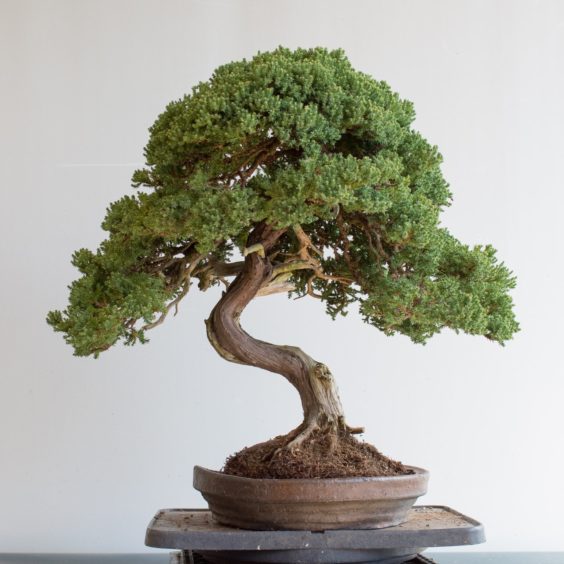
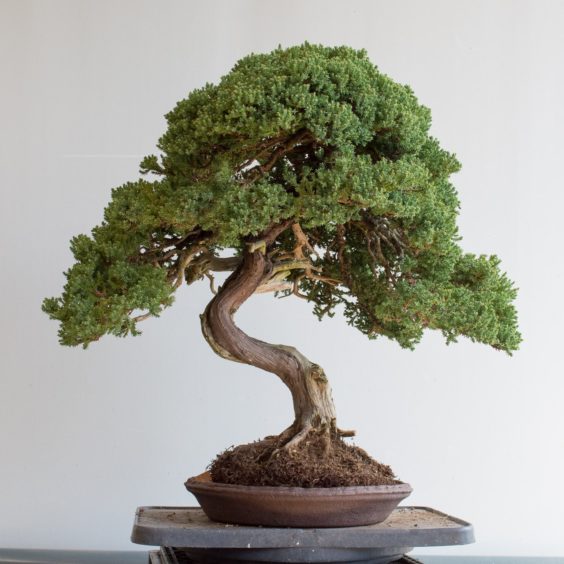
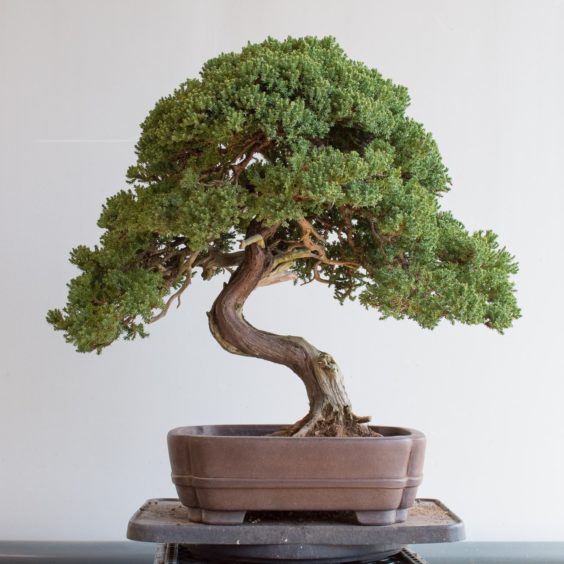
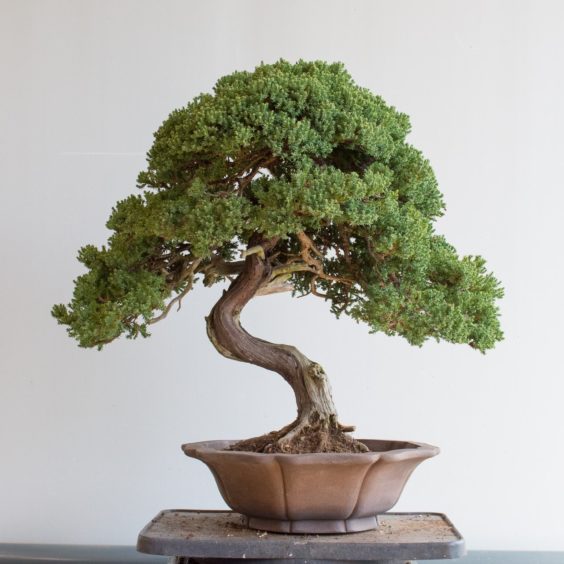
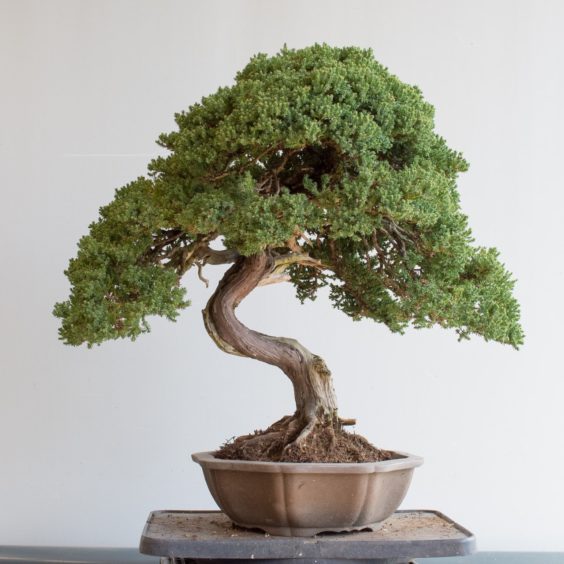
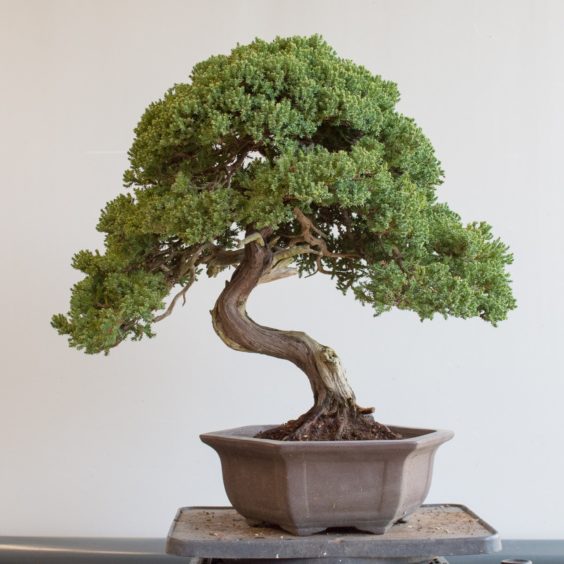
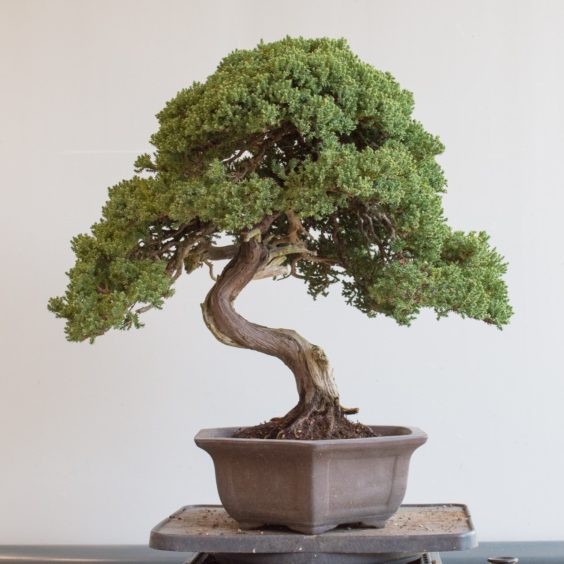
Ann Mudie says
Thanks for the comments Jonas. This is the sort of thing that I really learn from.
Charlie Mosse says
Great execise. I did not think out side the box and consider how the Juniper would be further trimmed before I selected the pot. Should have been SOP to do so.